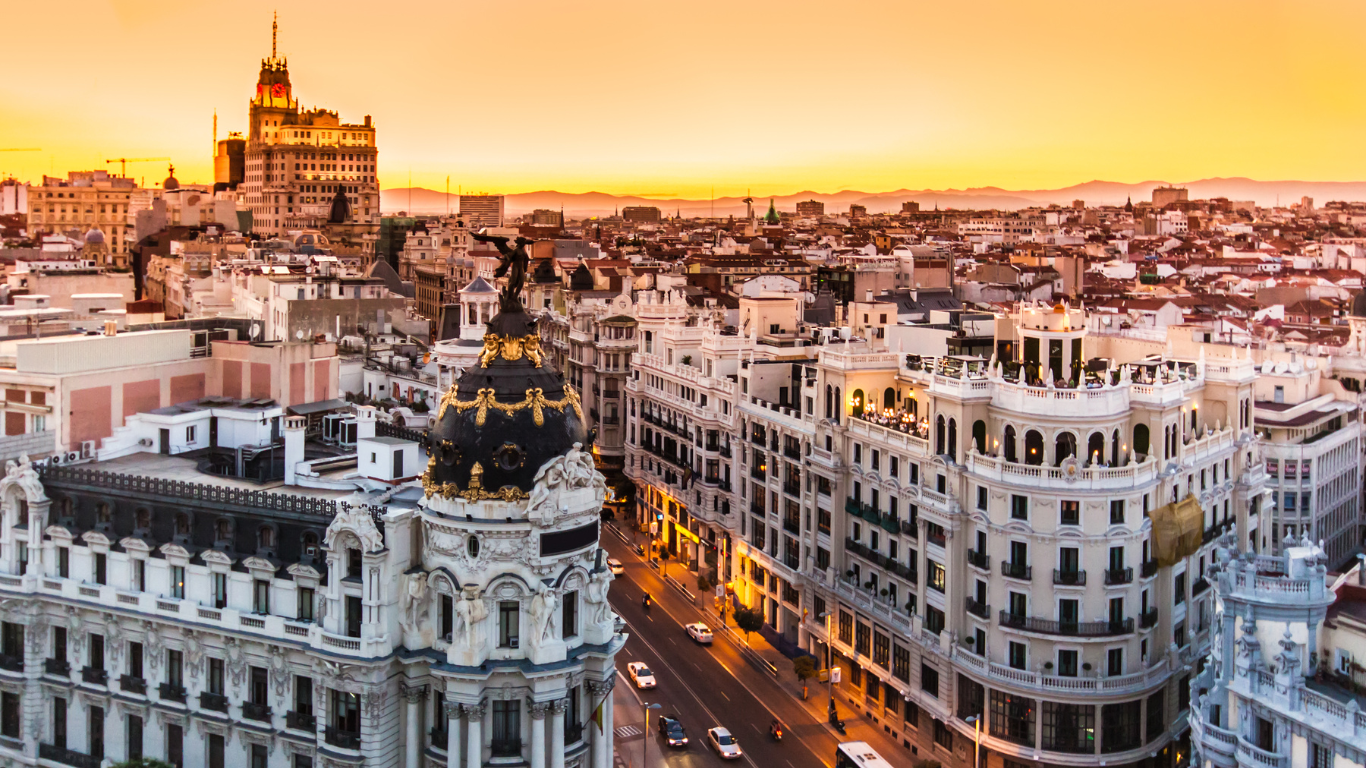Spain’s future depends on navigating this complex landscape—balancing population growth, sustainable development, and climate resilience to ensure long-term prosperity.
Spain’s population dynamics are changing rapidly, driven mainly by immigration. Despite having one of Europe’s lowest birth rates and an ageing population, Spain’s population has surged to nearly 49 million, adding one million residents in just two years, thelocal.es reported. This influx, however, isn’t due to a domestic baby boom but rather increased legal migration. An estimated 500,000 undocumented migrants are also contributing to the total.
Foreigners play a significant role in the workforce, often filling jobs that locals avoid. They also boost Spain’s birth rate, which strengthens the future workforce and supports the pension system under strain. However, the recent arrival of 135,000 new residents in just three months raises questions about the impact on housing and infrastructure, particularly in major cities.
-
Amid these shifts, Spain faced an October like no other in 2024, recording its wettest month ever
-
Continued heavy rainfall into November has compounded the crisis, impacting towns already ravaged by flooding in Valencia, leaving communities grappling with recovery amid ongoing storms
Madrid, Barcelona, and coastal regions face extreme population densities. Barcelona, for instance, holds around 53,000 people per square kilometer, among the highest in Europe. While foreign residents contribute to urban growth, they aren’t the only factor; economic hubs attract migration due to job opportunities and historical development. Yet, the contrast between Spain’s bustling cities and its vast, sparsely populated interior, known as ‘Empty Spain,’ remains stark.
Efforts to revitalize rural areas through migration are limited, though some progress has been made. Meanwhile, the Canary Islands and the Balearic Islands face unique pressures. As desirable spots for retirees and digital nomads, their population has surged post-pandemic. This growth has strained local services, causing traffic congestion, rising rents, and environmental stress, such as beach pollution.
The “demographic challenge” is particularly felt in the Canary Islands, which now house over 2 million people. The Balearics, including Mallorca, Menorca, Ibiza, and Formentera, also report “spectacular” growth. Experts warn that while immigration supports economic expansion, unchecked growth could disrupt the balance, making sustainable population strategies crucial.
***********************************************************
Readers
These are extraordinary times. All of us have to rely on high-impact, trustworthy journalism. And this is especially true of the Indian Diaspora. Members of the Indian community overseas cannot be fed with inaccurate news.
Pravasi Samwad is a venture that has no shareholders. It is the result of an impassioned initiative of a handful of Indian journalists spread around the world. We have taken a small step forward with the pledge to provide news with accuracy, free from political and commercial influence. Our aim is to keep you, our readers, informed about developments at ‘home’ and across the world that affect you.
Please help us to keep our journalism independent and free.
In these difficult times, running a news website requires finances. While every contribution, big or small, will make a difference, we request our readers to put us in touch with advertisers worldwide. It will be a great help.
For more information: pravasisamwad00@gmail.com









